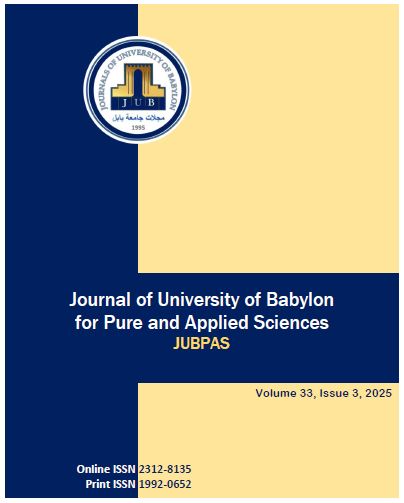Assessment of Protective Lipid Against Decreased Bone Mineral Density by DEXA Scan for the Lumbar Spine and Lower Extremities.
Main Article Content
Abstract
Background: Using dual-energy X-ray absorptiometry to assess bone mineral density in the lumbar spine and lower extremities. The percentage of lipid was conducted in the body. While it is acknowledged that lipid profile (triglycerides) can impact bone mineral density and cause protection from osteoporosis, the specifics of this relationship are still unknown.
The objective: This study aims to assess sex differences and age in the influence of lipid profiles on bone mineral density (BMD) in the lumbar spine and lower extremities.
Method: This study had 170 participants (85 men and 85 women). There were 40 males and 45 females among the patients who reported bone soreness. In addition, 85 seemingly healthy volunteers (45 males and 40 females) were evaluated and regarded to be the control group. Dual-energy X-ray absorptiometry was used to assess BMD of every participant for lumbar vertebrae and hip structure.
Results: Statistically significant differences in BMD-induced protection from osteoporosis were noted between the control group and patients with certain conditions, and between diagnostic lipid profiles. Conclusions: Our findings reveal that patients with hyper lipid exhibited high BMD in both sexes. The research findings indicated that females exhibited a higher prevalence of lipid profile abnormalities compared to males.
Article Details
Issue
Section

This work is licensed under a Creative Commons Attribution 4.0 International License.
